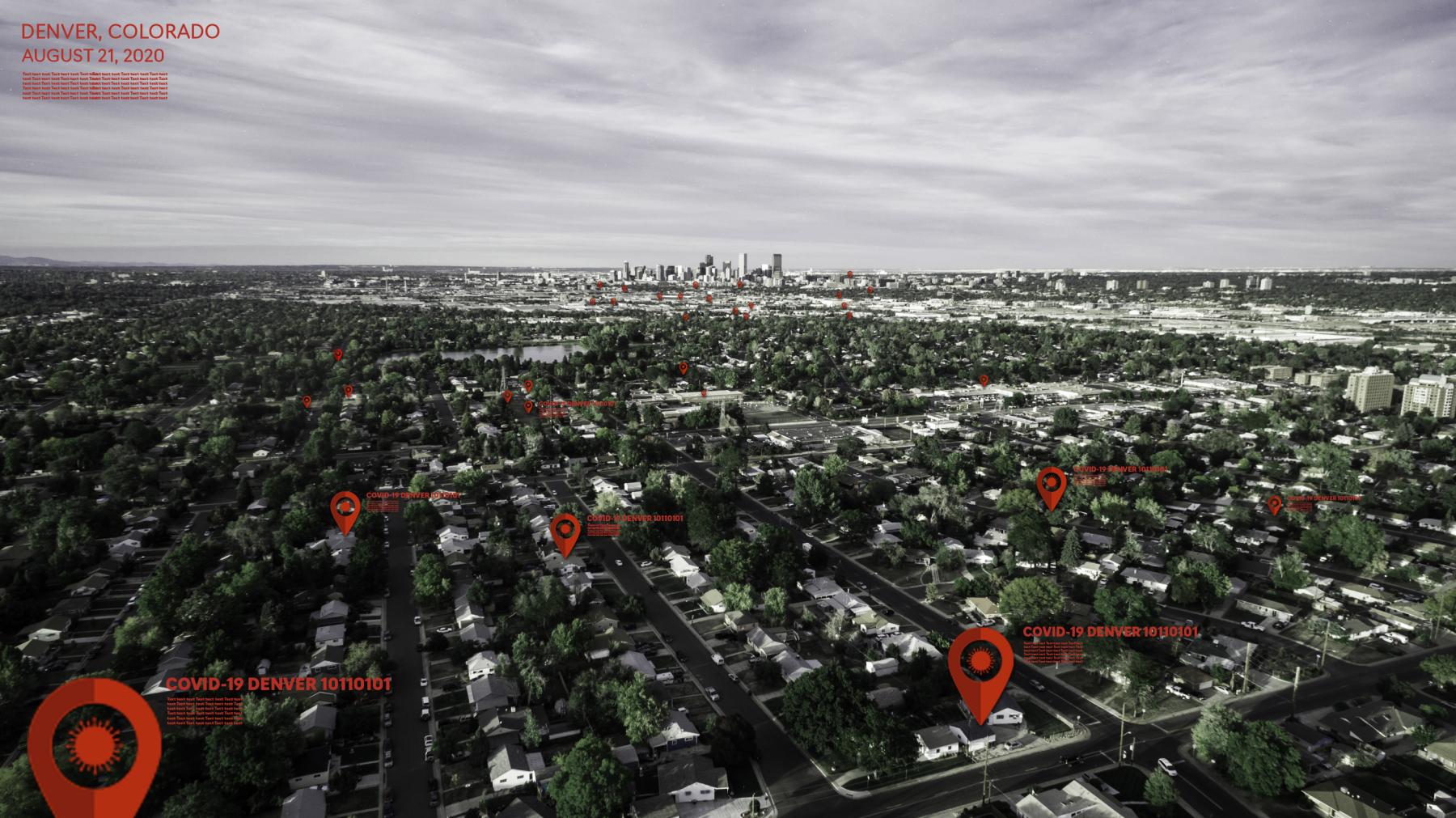The hot spots are shifting.
Outbreaks of COVID-19 are continuing to emerge throughout Colorado, but the size and location of these outbreaks is changing, revealing improvements in places that bore the brunt of the outbreak in the spring.
Every Wednesday, the state health department updates its list of COVID-19 outbreaks. This list tells some compelling stories and supplies valuable lessons.
COVID-19 is an opportunistic disease, spreading in places where people have to be in close quarters, including nursing homes, long-term care facilities, and jails. These were some of the first places to see outbreaks in Colorado. They also are seeing fewer and smaller outbreaks in recent weeks — evidence that dedicated efforts can help prevent the spread.
But now the virus is popping up in places where people might let their guard down, such as workplaces and restaurants.
CHI took the data from the state’s outbreak list — all 561 officially declared outbreaks as of Aug. 18 — and plotted it on a graphic. The result is below. Hovering on a dot or the color key will highlight all outbreaks in the same type of setting. Clicking on a dot will show the name of the setting and the county where it happened.
!function(){"use strict";window.addEventListener("message",(function(a){if(void 0!==a.data["datawrapper-height"])for(var e in a.data["datawrapper-height"]){var t=document.getElementById("datawrapper-chart-"+e)||document.querySelector("iframe[src*='"+e+"']");t&&(t.style.height=a.data["datawrapper-height"][e]+"px")}}))}();
What do you see in this graphic?
Here are the stories that stand out to us:
- Long-term care facilities are learning how to handle the pandemic. Look at the size and concentration of gold dots in April and May, and watch it taper off throughout the summer.
- Restaurants and bars have emerged as a new center of outbreaks since early summer. The numbers in each outbreak tend to be relatively small, but the fluid nature of visitors to these establishments might make it hard to track the true magnitude of outbreaks.
- Businesses that employ manual labor were another early point of attack for the coronavirus. Some of the state’s biggest outbreaks happened at meatpacking plants. Outbreaks in this sector continue, although they are not as big as the April events.
- Office workers began seeing outbreaks in May, shortly after the stay-at-home order was lifted.
- One of the riskiest places a person can be is in jail, prison, or an immigration detention facility. Many people in jail or immigration detention have not been convicted of a crime. And even though people in prison have been convicted, a potentially deadly COVID-19 case was not part of their sentence.
- Doctor’s and dentist’s offices have not been a major source of infection. The state counts just 13 outbreaks in outpatient health care settings.
- There are few outbreaks at schools so far, but that, unfortunately, might change as the school year starts.
A few notes on our methods: First, we simplified the categories that the Colorado Department of Health and Environment (CDPHE) assigned to each setting. We grouped several types of nursing and assisted living facilities into one category, and we combined several workplaces under the warehouse/manufacturing umbrella, including distribution centers, bakeries and food suppliers, and meatpacking plants.
Second, CDPHE reports confirmed and suspected cases separately, and it also segments case numbers by residents, staff, and visitors. We combined all categories into one number for total cases.
The people at CDPHE have a massive task in confronting the pandemic. One of the valuable services they are providing is keeping these datasets regularly updated. (In fact, the state’s COVID-19 page just won an international award for government websites.)
Data can tell a story, and stories help us make sense of the world. And we need sense-making like never before.
Related Blogs and Research

